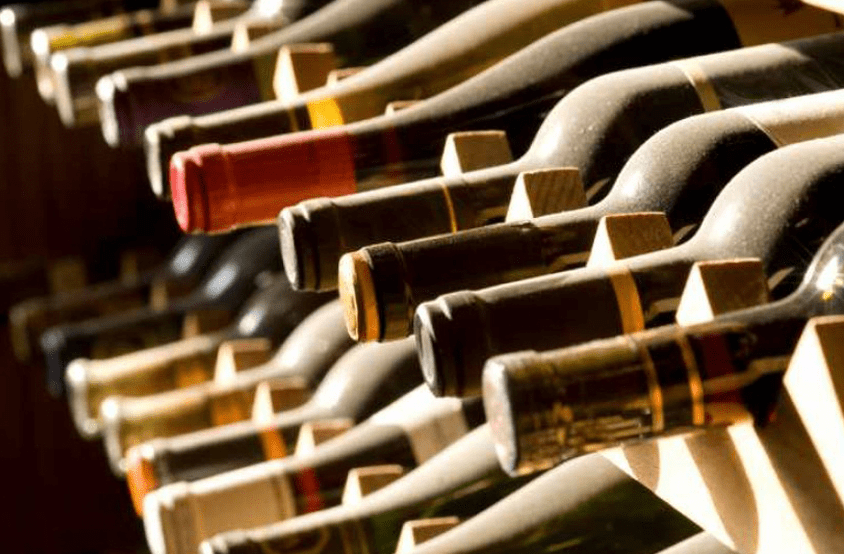Wine Storage for Winter: Ensuring Quality Through the Cold
Wine, with its rich history and deep-rooted traditions, is not just a beverage but an experience. Its flavour, bouquet, and character can change remarkably depending on how it’s stored. As the frost of winter starts to blanket the landscape and temperatures plunge, there’s a pressing question for wine enthusiasts: How do you ensure that the quality of your wine remains uncompromised? Proper wine storage during the winter months, especially for those living in colder climes, is crucial.

Temperature Stability
Contrary to what some might think, the natural cold of winter doesn’t necessarily guarantee the ideal wine storage condition. Wine’s real enemy is not just extreme cold or heat but rapid temperature fluctuations. These can lead to the wine expanding or contracting inside the bottle. Such changes risk either pushing out the cork or allowing unwanted air in, both of which can adversely affect the wine’s character.
Typically, for red wines, a steady temperature range of 12°C to 16°C is recommended. On the other hand, white and sparkling wines favour a cooler range, typically between 9°C to 12°C. Therefore, even in winter, it’s vital to ensure that the storage area maintains these stable temperature ranges.
Strategic Location Selection
Historically, cellars or basements have been the go-to choice for wine storage. But, if that’s not an option, worry not. The key is to understand what attributes make a location suitable for storing wine:
- Avoid Direct Heat: Even in the biting cold of winter, certain areas in your home might be warmer due to proximity to heating devices. Steer clear of storing wine near radiators, heaters, or ovens. These can elevate the temperature, causing more harm than the ambient cold.
- Steer Clear of Windows: Wine despises direct sunlight, and long exposure can lead to what’s called “light-struck” wines, giving them an unpleasant aroma. For this reason, places near windows or other sources of direct sunlight are best avoided.
- Horizontal Stacking: Especially pertinent for wines with corks, storing bottles horizontally ensures the cork remains moist and swollen, preventing unwanted air from entering.
- Vibration-Free Zone: It might sound pedantic, but areas with minimal vibrations are preferred. Constant movements can disturb the sediment in older wines and can accelerate the ageing process.
Special Cases: Extreme Cold Regions
In regions where winter temperatures plummet below freezing, extra precautions are necessary. Wine can freeze, causing the liquid to expand and potentially push out the cork or even break the bottle. If you’re living in such extreme conditions, consider investing in a temperature-controlled wine fridge or storage unit. This will maintain a constant, ideal temperature, regardless of how cold it gets outside.
Conclusion
As winter unfurls its chilly tapestry, the preservation of your prized wine collection demands attention. But with a bit of planning, some strategic positioning, and a keen eye on temperature stability, you can ensure your wines remain in impeccable condition. So, when you pour out a glass, even in the heart of winter, it’ll be as the winemaker intended: a perfect sip, every time.
